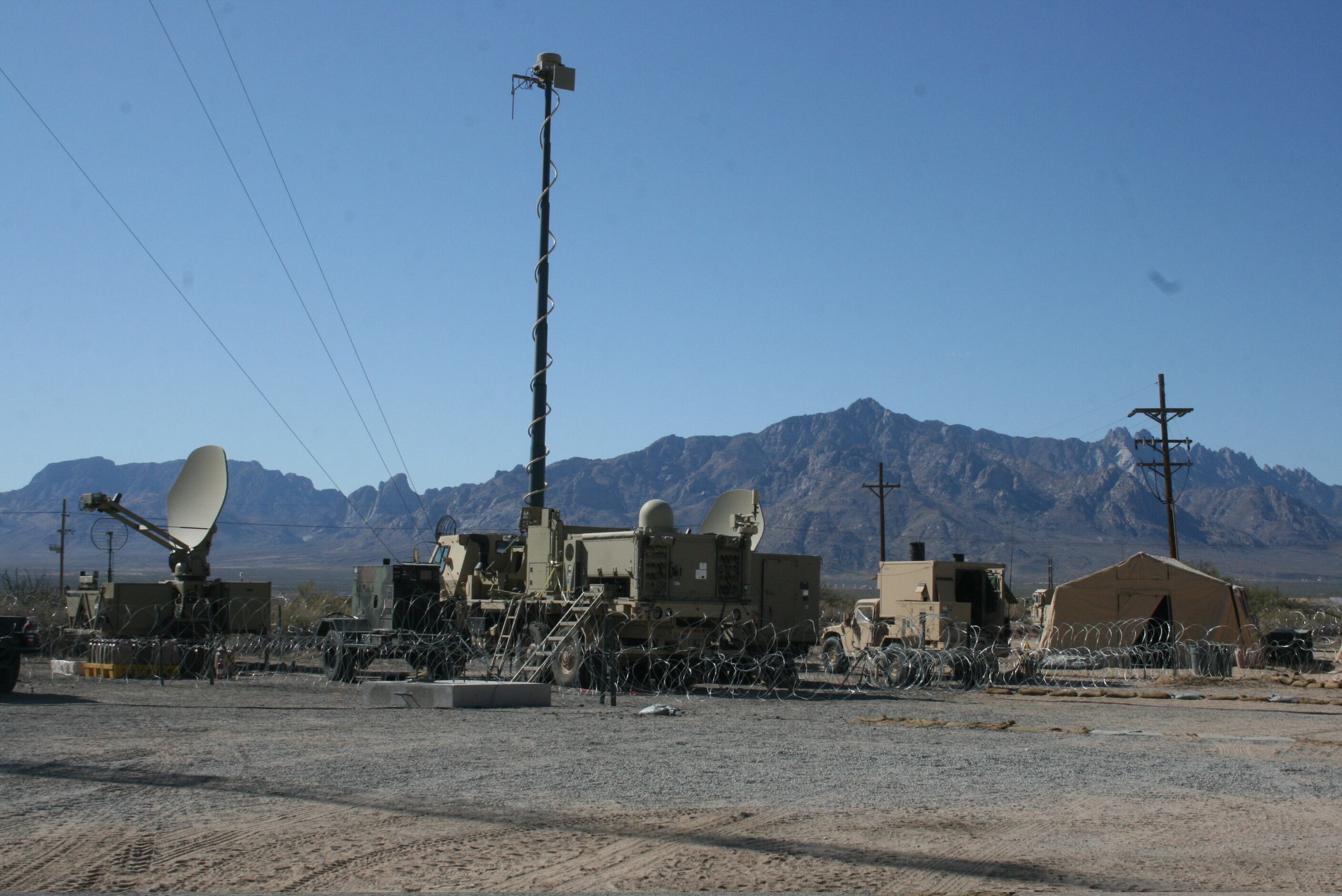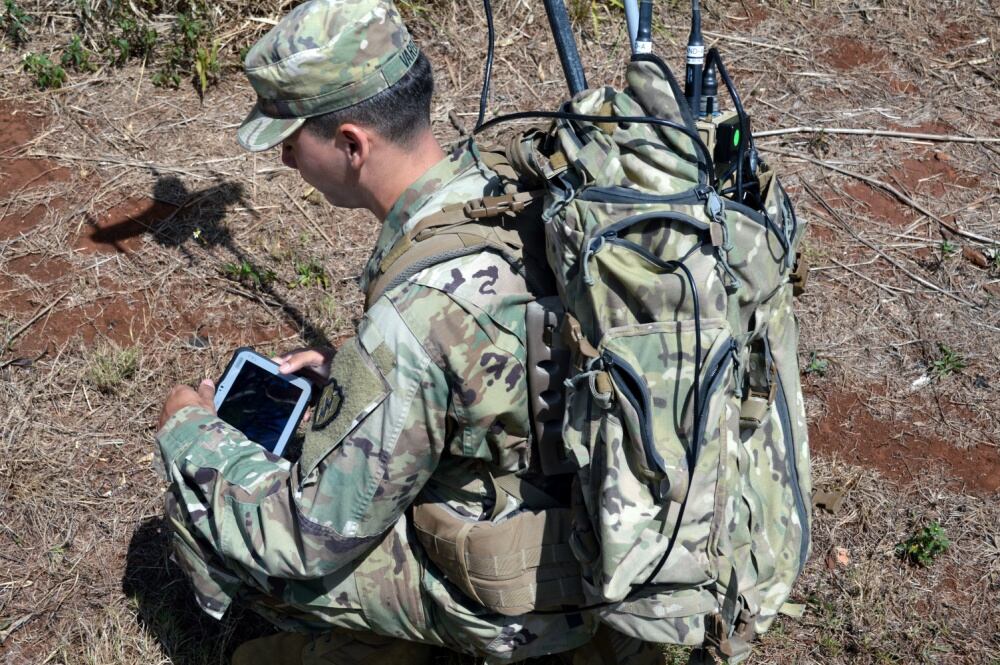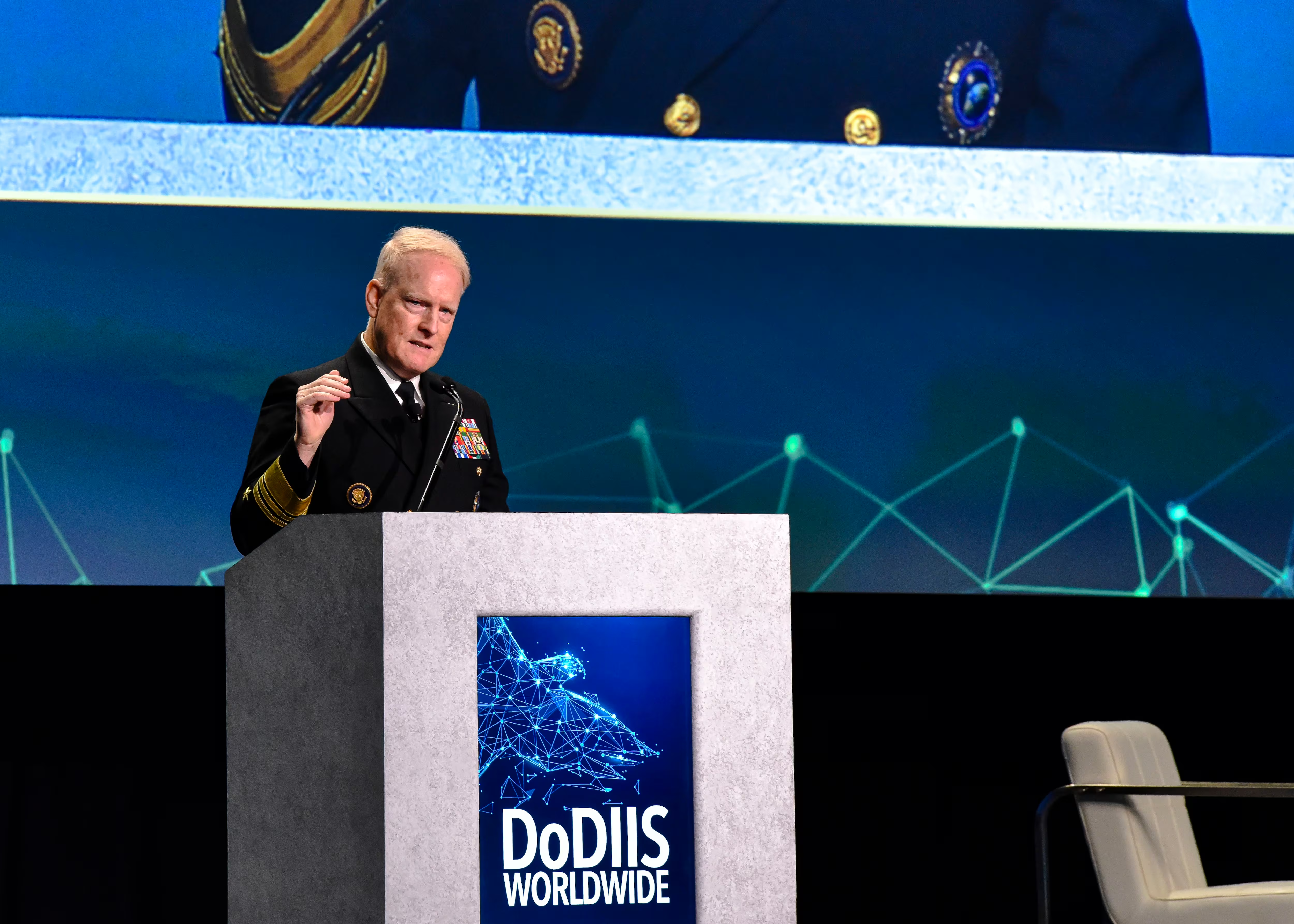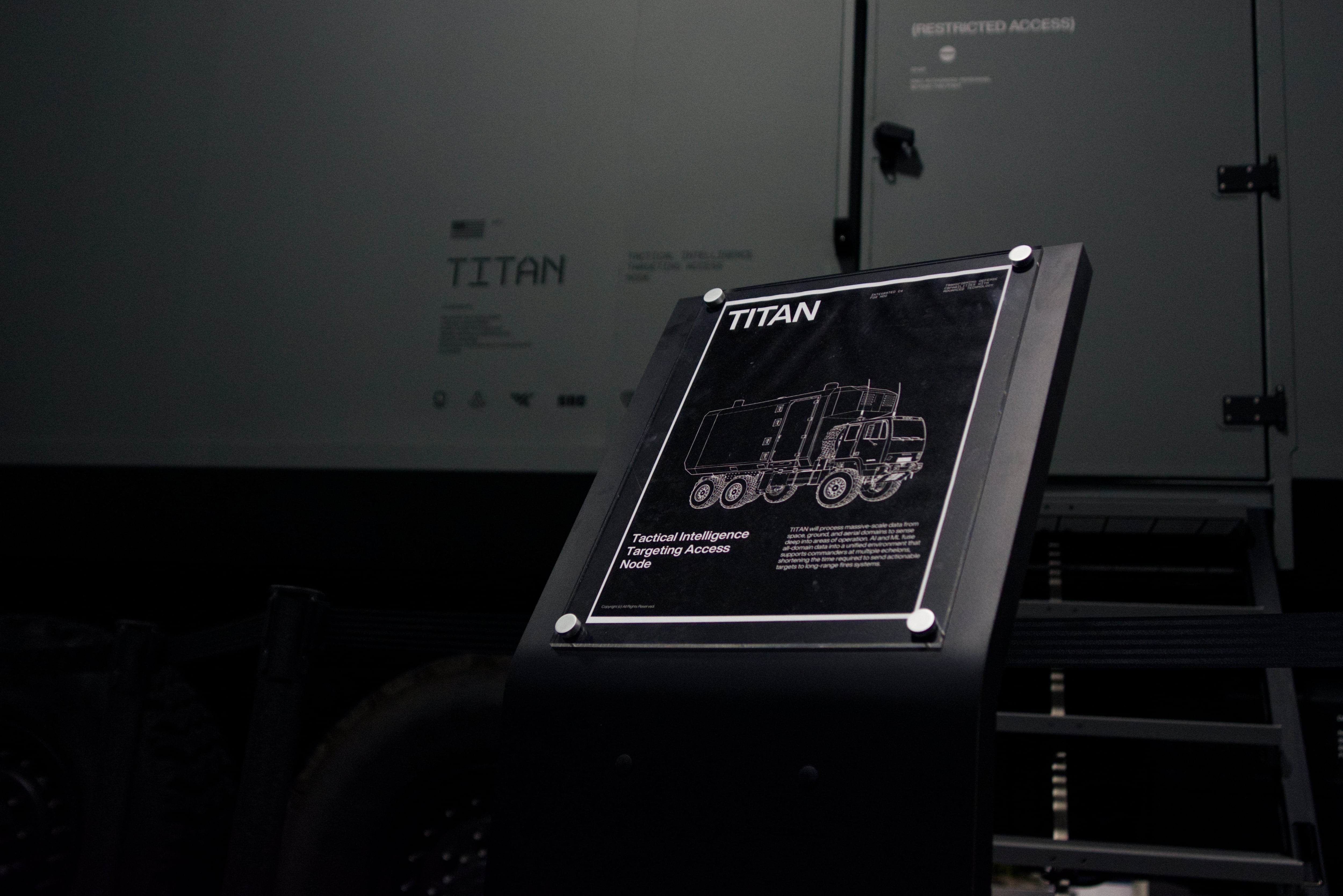This is part two of a two part series.
The Army is beginning to change the way it buys, equips and fights.
While it is signaling a move away from big programs it has also begun discussing the notion of tiered readiness, in which all units across the Army either won’t have equipment or won’t receive in-depth training on networking and mission command systems from years past.
Officials speaking over the course of the AFCEA Army Signal Conference last week in Springfield, Virginia articulated how this training scenario may play out
“Everybody in the Army doesn’t need one. The days of everybody in the Army having one, they’re gone,” Lt. Gen. Paul Ostrowski, principal military deputy to the assistant secretary of the Army for acquisition, logistics and technology, said March 7.
As is most often the case when military leaders discuss the ideal capability, smartphones were used as the prime example for what this readiness might look like.
“I think we’ve had a revelation over the last four or five months that we can’t field everybody,” Brig. Gen. Brian J. Mennes, director of force management in the deputy chief of staff, G-3/5/7, said March 6. “My daughter gets [an iPhone] X and guess what I get? I get her 8. Before the 8 it was a 6 and I had a 3 in Korea. Whoever was passing on the phone, I get upgraded when they’re done.”
But, he added, despite having an older version of the device, he’s still able to run the same apps on the same architecture, albeit maybe not as fast.
Ostrowski noted the Army has to realize whatever the first five units get, the next ten probably won’t receive the same devices because the service is going after current capabilities in order to fix current issues at the same time.
Home station training
Basic systems must at least be available at home stations for units to train on because all units won’t be able to go to combat training centers prior to deployments.
“We’re not going to cycle every [brigade combat team] through combat training center before we deploy them,” Gen. Stephen Townsend, the new Training and Doctrine Command commander, said March 8. “We’re not going to cycle every division and corps command post through mission command training program before we deploy them. You’re going to deploy as you are.”
RELATED

Townsend, who had led his command six days when speaking, said these units have to be ready and it’s up to home stations to get them ready.
“A system in Afghanistan is different than a system in Operation Inherent Resolve, [is] different than a system in Korea. We’ve got to have a way to be able to plug and play those things, flip a switch, load some software, I don’t know what it is,” he said.
“Those things have to be resident at home stations. If we’re going to fight in Europe, it’s going to be a NATO partner fight,” he added. “A different set of partners might fight in the Pacific with us … there aren’t enough [kits] for a fight in the Pacific. There aren’t enough systems to go everywhere we need them to go. There’s got to be some kind of interface we can flip switches to make it talk, I think.”
The Army, as a result, has begun moving towards a standard, common baseline for its IT and networking solutions. This, they believe, will prevent interoperability problems that popped up over the last 16 with systems and units that had different capabilities.
Mark Pomerleau is a reporter for C4ISRNET, covering information warfare and cyberspace.








